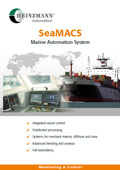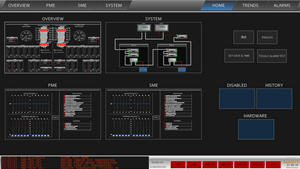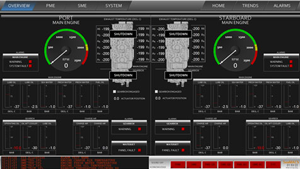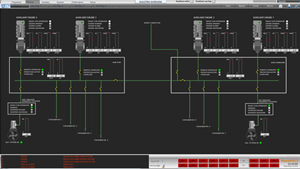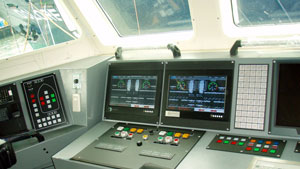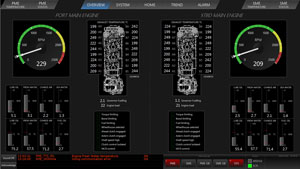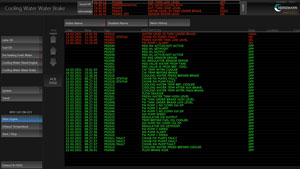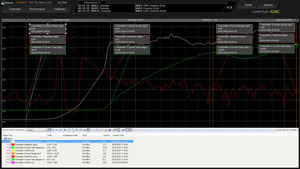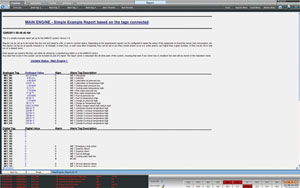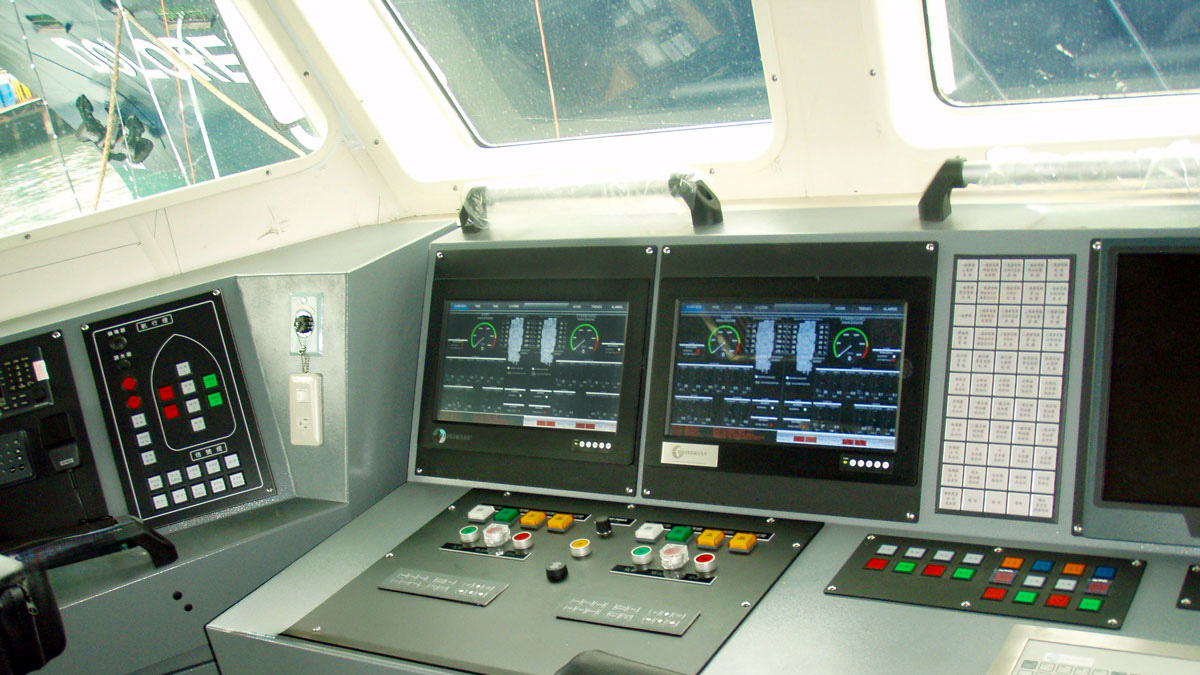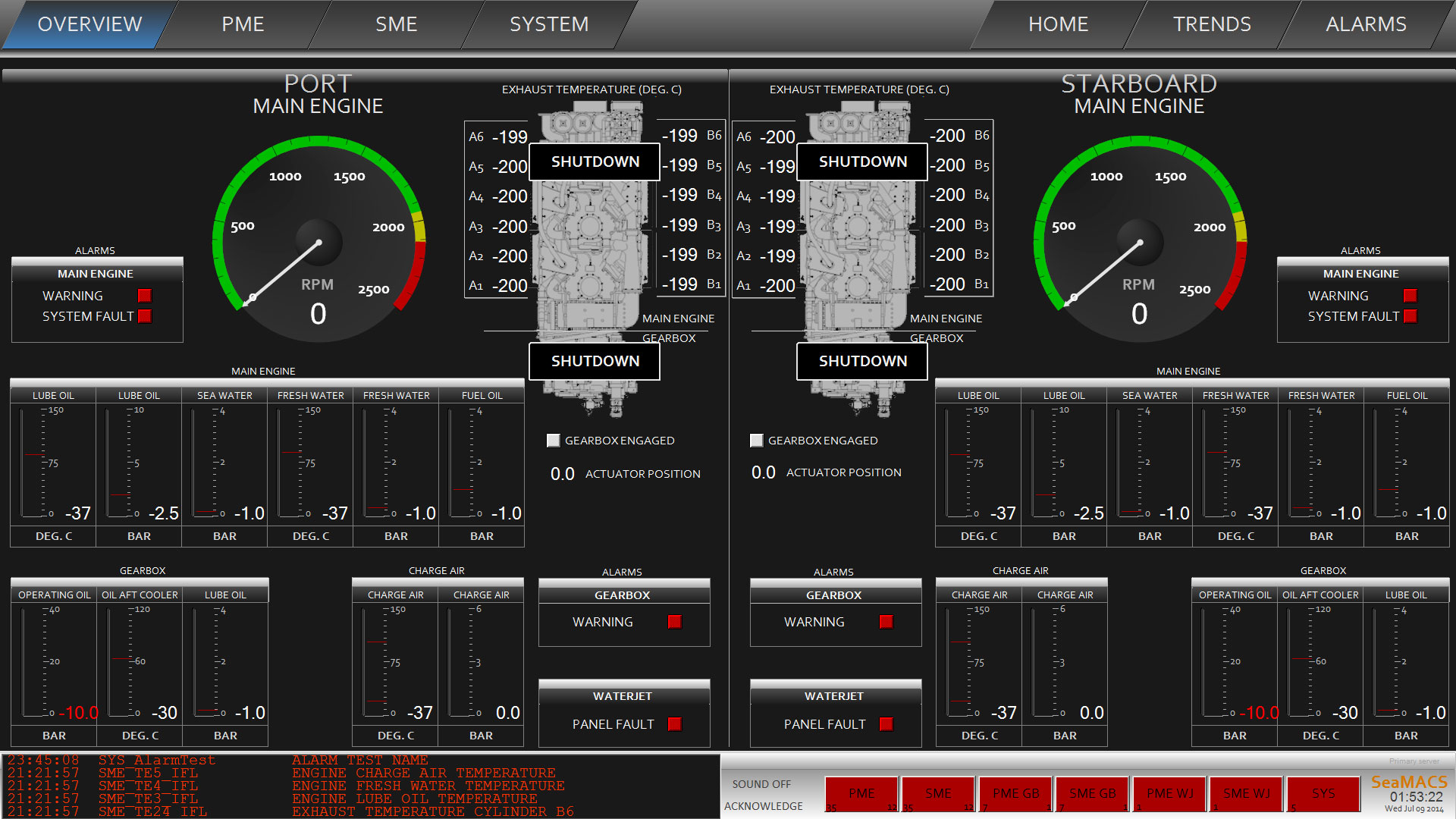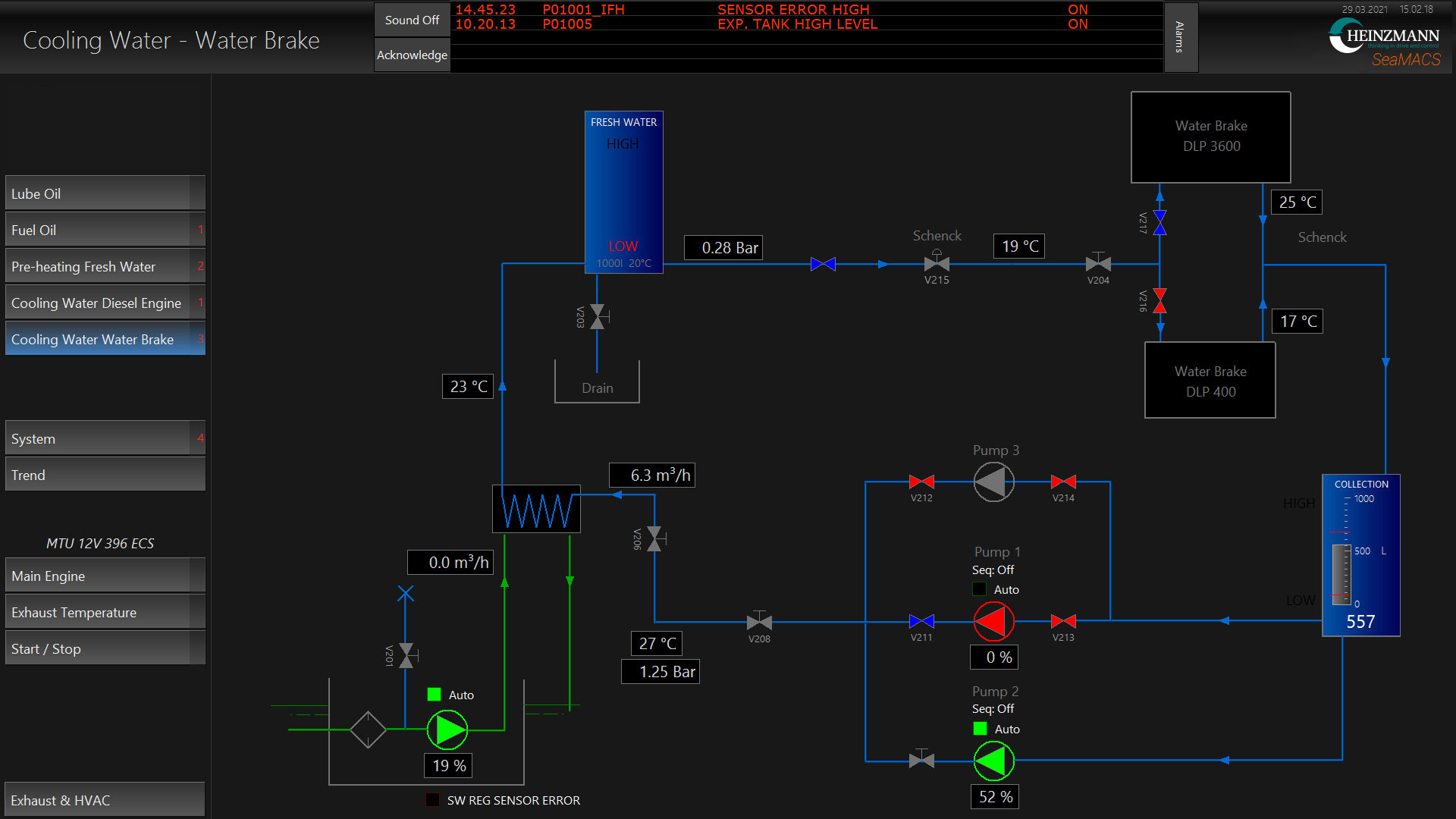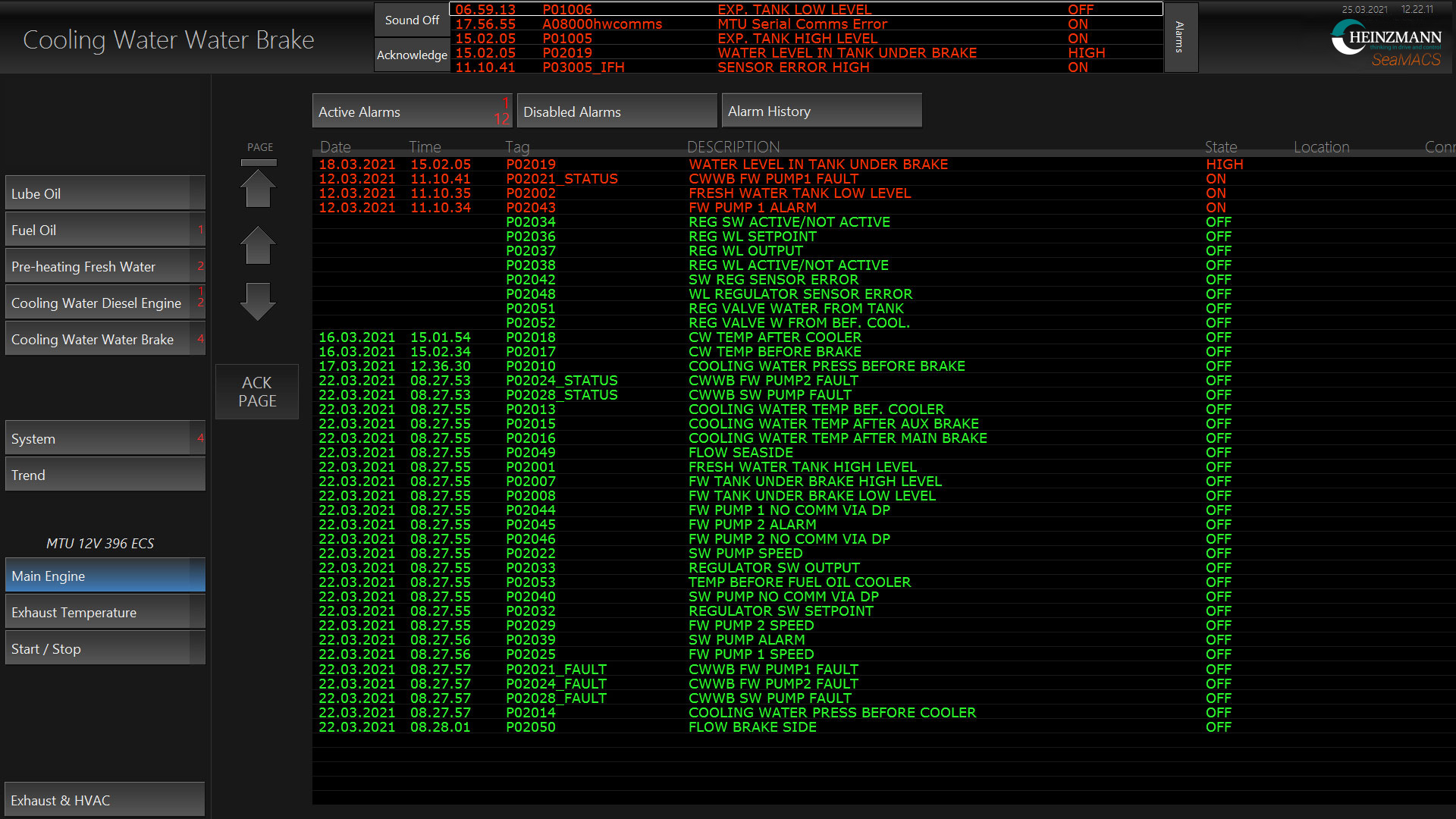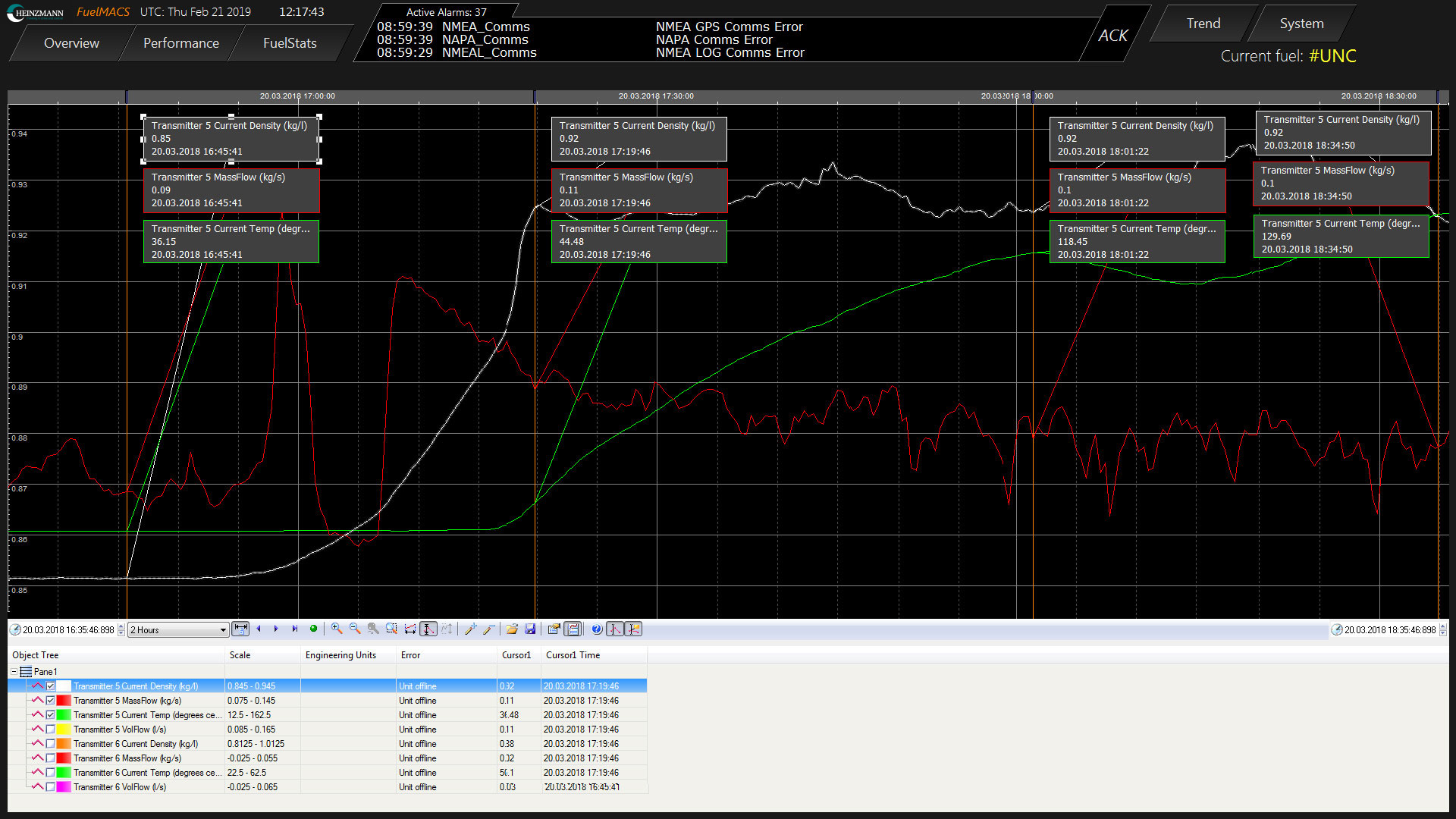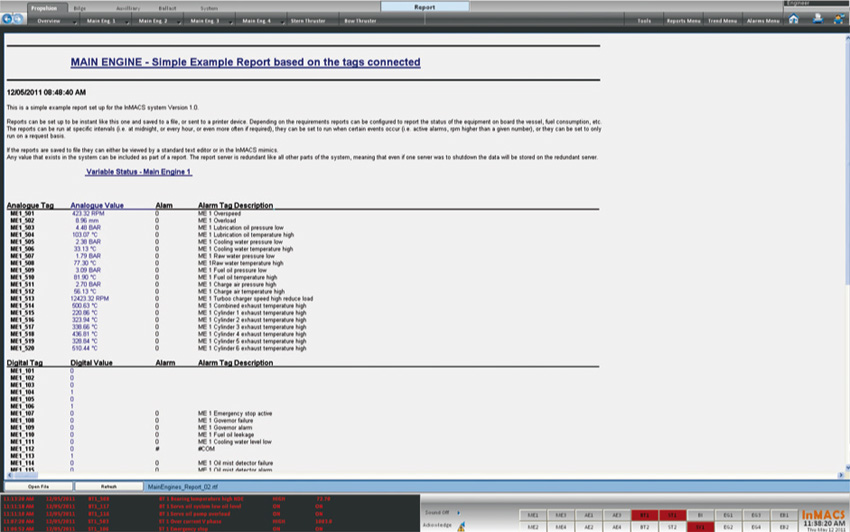HEINZMANN
Engine & Turbine Management
HEINZMANN Electric Drives
Robust electric motors
REGULATEURS EUROPA
Control & Monitoring
HEINZMANN China
Control & Actuation
HEINZMANN UK
Gas & Water Turbine Control
HEINZMANN Australia
Steam Turbine Control
CPK Automotive
Emission Control
Giro Engineering
Diesel Engine Components
HEINZMANN IFT GmbH
Oil Mist Separators and Blow-by Filter Technology
Reduce costs & increase
decarbonization by
OPTIMISING THE PERFORMANCE
OF YOUR ENGINE
HEINZMANN Automation - Experts in Engine Management!
SeaMACS Integrated Automation Systems
One of the main benefits of the SeaMACS is the system scalability. It can be delivered both as a stand-alone alarm and monitoring system, as well as a fully Integrated Automation System (IAS) where the user will monitor as well as control.
Integrated Vessel Control for merchant marine, offshore and navy
SeaMACS IAS Benefits

Reliability through redundant architecture
- Redundant architecture allows for safe operation and minimum downtime of the system
- Providing optimum reliability
- Avoids costs and damage to equipment induced by downtime
- Redundancy both at top level and lower level as standard
Scalability of network architecture
- Ethernet-based system allows for efficient handling of large amounts of data
- Meets future requirements for SCADA networks and is transparent and scalable
- Can easily be expanded or modified for future upgrades or add-ons without having to modify existing system hardware or software
Intuitivity and connectivity of user-interfaces
- The user-interface helps the operator easily navigate within the IAS
- Over 150 communication drivers included in the software
- Allowing for interfacing between over 300 different types of I/O devices, PLCs and other systems
